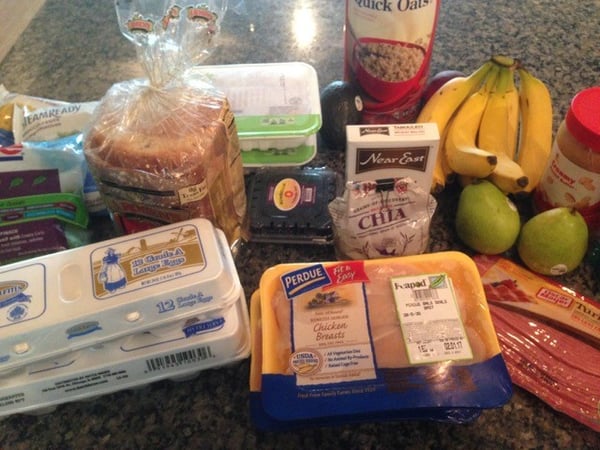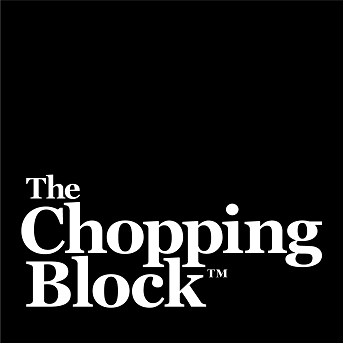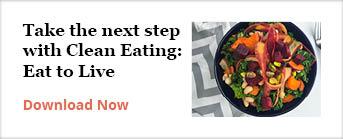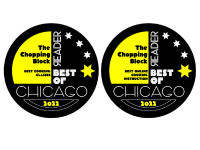As a personal trainer, I work with lots of people who want to lose weight. No matter how hard and how often you exercise, if you aren’t eating in accordance to your goals, you aren’t going to have very much success. If you want to be successful at something, you should always look at the people who have already been successful, and try to emulate their method. So who better to look at than a bodybuilder?
Many of you may be thinking that all bodybuilders do steroids, spend hours a day lifting weights and doing cardio, and are limited to a boring list of 4-5 foods like boiled chicken breasts, baked tilapia, steamed broccoli, brown rice, and protein shakes. And you would be right in many instances. But for those of us that have a better understanding of exercise science, nutrition, and who opt to not take steroids, our lifestyle is entirely different. So before we get into what kind of stuff I stock my fridge with (and what you should too), let’s look at the basic science of weight loss (or gain).
 Let's make something perfectly clear: you will (for the most part) only lose body fat if you are expending more calories than you are taking in (the exception can be those who are new to lifting weights and use some of their stored fat for energy and in turn, build some muscle while keeping calories around maintenance levels, but this is not the norm). It is incredibly difficult to figure out exactly how many calories you are burning, as our metabolism is extremely complex. In fact, metabolism literally means “the sum of all chemical reactions taking place in your body”. All chemical reactions require energy, which we consume in the form of macronutrients, or protein, carbs, fats, and… ahem… alcohol. So while there are all sorts of fluctuations in metabolism stemming from lots of different factors (activity levels, genetics, stress, sleep, etc.) we can at least get a pretty good estimate of the calories we are taking in if we pay attention to food labels and portion sizes.
Let's make something perfectly clear: you will (for the most part) only lose body fat if you are expending more calories than you are taking in (the exception can be those who are new to lifting weights and use some of their stored fat for energy and in turn, build some muscle while keeping calories around maintenance levels, but this is not the norm). It is incredibly difficult to figure out exactly how many calories you are burning, as our metabolism is extremely complex. In fact, metabolism literally means “the sum of all chemical reactions taking place in your body”. All chemical reactions require energy, which we consume in the form of macronutrients, or protein, carbs, fats, and… ahem… alcohol. So while there are all sorts of fluctuations in metabolism stemming from lots of different factors (activity levels, genetics, stress, sleep, etc.) we can at least get a pretty good estimate of the calories we are taking in if we pay attention to food labels and portion sizes.
So for simplicity's sake, let's say you burn approximately 2000 calories a day. If you are eating a diet full of what most would consider to be “healthy” foods but you are consuming 3000 calories per day, versus your friend who nibbles on junk food and eats a highly processed pre-cooked dinner every night but only consumes 1700 calories a day, guess what? They’re still going to lose more weight than you.
I tell my clients that there isn’t really anything such as a “good/bad” or “healthy/unhealthy food”, as context means everything. Most people would think a whole grain bagel with low-fat cream cheese is “healthier” than a Krispy Creme donut, but in many cases that bagel and cream cheese has twice the calories of the donut or even more. Sure, the bagel probably has a lot more vitamins and minerals than the donut, but if you were eating a bagel every morning and swapped it for a donut you’d actually lose more weight, since you’re taking in less calories. Am I telling you to eat a donut every morning or saying donuts are “healthier” than whole grain bagels? Of course not!
But I’m bringing up a concept I teach my clients: instead of thinking of foods as “healthy/unhealthy”, let's instead think of them as NUTRIENT dense or NUTRIENT empty, as well as high or low calorie. So in this instance, the bagel is nutrient dense but higher in calories, where as the donut is nutrient empty but lower in calories. Therefore, to make up a proper diet and to build our grocery list, we want to be looking for nutrient dense foods that are lower in calories compared to their often-consumed counterparts.
The following is a list of foods that are staple to my own diet, and are all relatively dense in nutrients and fairly low in calories. There are a few things to keep in mind. First of all, know that a gram of protein is 4 calories, and a gram of carbs is 4 calories, and a gram of fat is 9 calories (alcohol is 7 calories per gram but that's not going to be on our shopping list). So while I might list olive oil as being a nutritious fat, just bear in mind that all fats will have a lot more calories than carbs or protein of the same amount, since by nature they are more calorically dense. Also, I have these foods grouped by their primary macronutrient, so while nuts do have protein and so do beans, they’ll be listed under fats and carbs respectively, as they have a lot more calories coming from those nutrients. In my next post, I’ll go over how to determine how many carbs, proteins, and fats work best for you as an individual.
This is far from an all encompassing list, just something to get you started next time you go grocery shopping. Some foods are fairly general, and I provide some examples as there are literally hundreds of options.
Protein
These foods are all great sources of lean protein, where the food is high in protein and relatively low in fat to keep total calories down. This list assumes the food by itself, so obviously fried chicken breast is not “lean protein.”
- Egg whites
- Chicken breast
- Lean ground chicken
- Lean cuts of steak
- Lean ground beef
- Turkey breast
- Lean ground turkey
- Tuna
- Salmon
- Pretty much all varieties of fish
- Shellfish
- Pork chops, tenderloin
- Lean ground pork
- Lean pork/chicken/turkey sausage
- Greek yogurt
- Cottage cheese
- Protein powder/shakes
- Turkey bacon
- Milk
- Kefir
Carbohydrates
Vegetables: These should be consumed as often as possible, at least 2-3 servings a day. I can't really think of a vegetable you should stay away from, the key here to is to consume a wide variety as all vegetables contain different vitamins and minerals. Usually a vegetable's color will sort of give a hint as to what kinds of nutrients it is dense in, therefore eat a wide variety of different colors of veggies! Brussels sprouts, spinach, cauliflower, zucchini, spaghetti squash, carrots, onions, mixed greens, and bell peppers of all different colors are what constitute a big portion of my veggie intake.
Fruits: Here is where people can get into a little trouble. Many fruits such as apples, melons, and berries, are fairly low in sugar, while many others are higher. So while I wouldn't ever say to not eat these, just be more cognizant of your portions of the following: bananas, mangos, grapes, cherries, tangerines, and figs, as well as any dried fruit. The same rule applies to fruits as veggies: eat a colorful variety. My personal favorites are apples, bananas, blueberries, raspberries, blackberries, and mangos.
All other carbs:
- Oatmeal
- Rice (all varieties)
- Potatoes (all varieties)
- Sweet potatoes
- Couscous
- Quinoa
- Beans
- Ezekiel bread
- Whole grain bread
- Whole grain English muffins
Fats
Remember fats are over twice as calorically dense as carbs and proteins, so they can add up quickly. Dumping olive oil all over your food or eating nuts by the handful can add hundreds of calories to your day.
- Whole eggs
- Extra virgin coconut oil
- Extra virgin Olive oil
- All nut butters (peanut, almond, cashew but be mindful of calories as most are approx 100 calories per tablespoon)
- All nut varieties (peanuts, almonds, walnuts, pecans, cashews, brazil nuts, macadamia nuts)
- Avocados
- Hummus
- Cheeses (all varieties, but in moderation)
- Butter (ideally grass-fed if you have access to it, but regular is fine too)
- Pumpkin seeds
- Flaxseed
- Chia seeds
- Fish oil
The common theme here is pretty simple: your grocery list should be primarily whole, real, unprocessed foods as that is what our bodies have been living off of throughout the vast majority of our existence as a species. While there is nothing inherently “wrong” with processed foods, in general they will have less nutrients and fiber than their natural counterparts, and usually are much higher in carbs,fats, and sodium. I advise people to use the 80/20 rule with their diets: have 80% of your calories coming from whole, real foods, and the other 20% you can have some fun with. I find it much easier to follow a diet like this than trying to eat "100% clean”, as people often cave after a few weeks of no junk food and are more likely to binge. Better to include a couple of cookies or a beer or two on a daily basis than totally eliminate them for 2 weeks and then pig out all day Sunday afternoon and eliminate the progress you made.
Take this list with you the next time you go grocery shopping, and stay tuned for my next post in which I’ll go into more detail about eating for your specific goals and how to structure your diet with these foods. Got questions? Let me know in the comments!
The Chopping Block has some upcoming cooking classes that focus on healthy ingredients to help get your eating habits in shape for summer, including The Greens of Winter and Superfood Spotlight: Fiber and Hydration. If you are interested in learning more about the concept of clean eating, download our new guide Clean Eating: Eat to Live.











